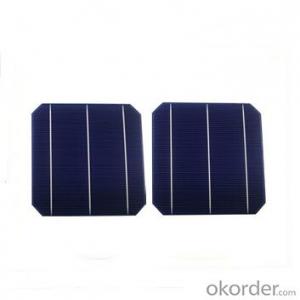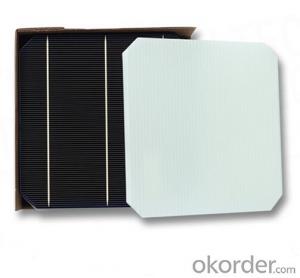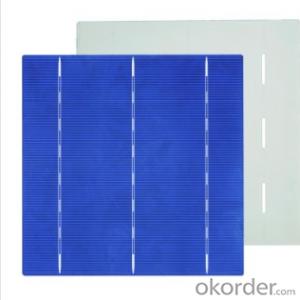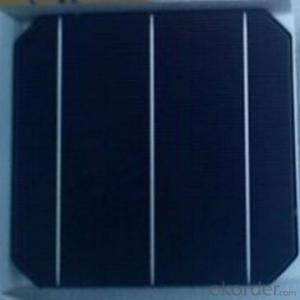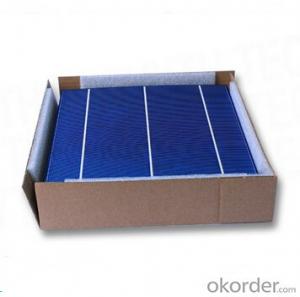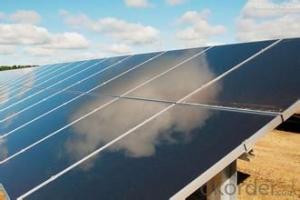Chalcopyrite Solar Cells
Chalcopyrite Solar Cells Related Searches
Except For Solar Cells Weegy Problems With Solar Cells High Power Solar Cells Light Trapping In Solar Cells High Performance Solar Cells High Output Solar Cells High Wattage Solar Cells Energy Transfer In Solar Cells High Efficiency Hvac Systems Recombination In Solar CellsHot Searches
Cheap Solar Cells For Sale Flexible Solar Cells For Sale Q Cells Solar Panels For Sale Printed Solar Cells For Sale Bulk Solar Cells For Sale 6x6 Solar Cells For Sale Broken Solar Cells For Sale Cpv Solar Cells For Sale Photoelectric Cells For Sale Price Of Silicon Solar Cells Price Of Solar Cells Over Time Buy Solar Cells From China Cheap Solar Cells China Best Type Of Solar Cells Flexible Solar Cells Price Q Cells Solar Panels Price 3 Types Of Solar Cells Production Of Solar Cells Common Types Of Solar Cells Q Cells Solar Panel PricesChalcopyrite Solar Cells Supplier & Manufacturer from China
Okorder.com is a professional Chalcopyrite Solar Cells supplier & manufacturer, offers integrated one-stop services including real-time quoting and online cargo tracking. We are funded by CNBM Group, a Fortune 500 enterprise and the largest Chalcopyrite Solar Cells firm in China.Hot Products
FAQ
- Solar cells affect the grid by generating electricity from sunlight and feeding it into the grid, reducing the reliance on traditional power sources. They contribute to a more sustainable and decentralized energy system, helping to reduce greenhouse gas emissions and dependence on fossil fuels. However, their intermittent nature can pose challenges for grid stability and require additional infrastructure investments for integration.
- Solar cells and the difference between ordinary batteries. Why is the solar cell is converted into electrical energy, zinc battery is what is converted into chemical energy
- Ordinary batteries have a certain life, can not be stored for too long, or the power will slowly run out of solar cells do not exist chemical failure, can be long-term preservation.
- Yes, solar cells can be used in ski resorts for snowmaking. Solar cells can generate electricity from sunlight, which can then be used to power the snowmaking equipment. This can help reduce the reliance on fossil fuels and contribute to a more sustainable and environmentally friendly snowmaking process.
- Solar cells are designed to handle fluctuating sunlight intensity by having built-in mechanisms that regulate the amount of energy they produce. These mechanisms include maximum power point tracking (MPPT) algorithms, which continuously monitor the incoming sunlight and adjust the voltage and current output of the solar cells to maximize their efficiency. Additionally, solar cells are also equipped with bypass diodes that help in bypassing shaded or underperforming cells, ensuring that the overall system performance is not significantly affected by fluctuating sunlight intensity.
- Yes, solar cells can be used on airplanes. In fact, solar-powered airplanes have been developed and successfully flown, demonstrating the feasibility of harnessing solar energy for aircraft propulsion. Solar cells can be integrated into the wings or body of the airplane to capture sunlight and convert it into electrical energy, reducing reliance on traditional fuel sources and making air travel more sustainable.
- The role of inverters in solar cell systems is to convert the direct current (DC) generated by the solar panels into alternating current (AC) that can be used to power household appliances and be fed back into the electrical grid. Inverters also ensure that the solar system operates efficiently by monitoring the voltage and current, maximizing power output, and providing safety features such as ground-fault protection.
- Pollution or smog has a negative impact on solar cell performance. It reduces the amount of sunlight reaching the solar cells, leading to a decrease in their efficiency and power output. The presence of pollutants in the air, such as dust, soot, and aerosols, can block or scatter sunlight, resulting in reduced absorption by the solar cells. Additionally, airborne particles can settle on the surface of the solar panels, forming a layer that hampers their ability to convert sunlight into electricity. Therefore, pollution and smog pose significant challenges to the effectiveness and productivity of solar energy systems.
- Yes, solar cells can be used for powering outdoor surveillance systems. Solar cells convert sunlight into electricity, making them a sustainable and reliable power source for outdoor applications. This eliminates the need for traditional power sources and allows surveillance systems to operate in remote or off-grid locations. Additionally, solar-powered surveillance systems can be cost-effective and environmentally friendly, reducing energy consumption and carbon emissions.


















